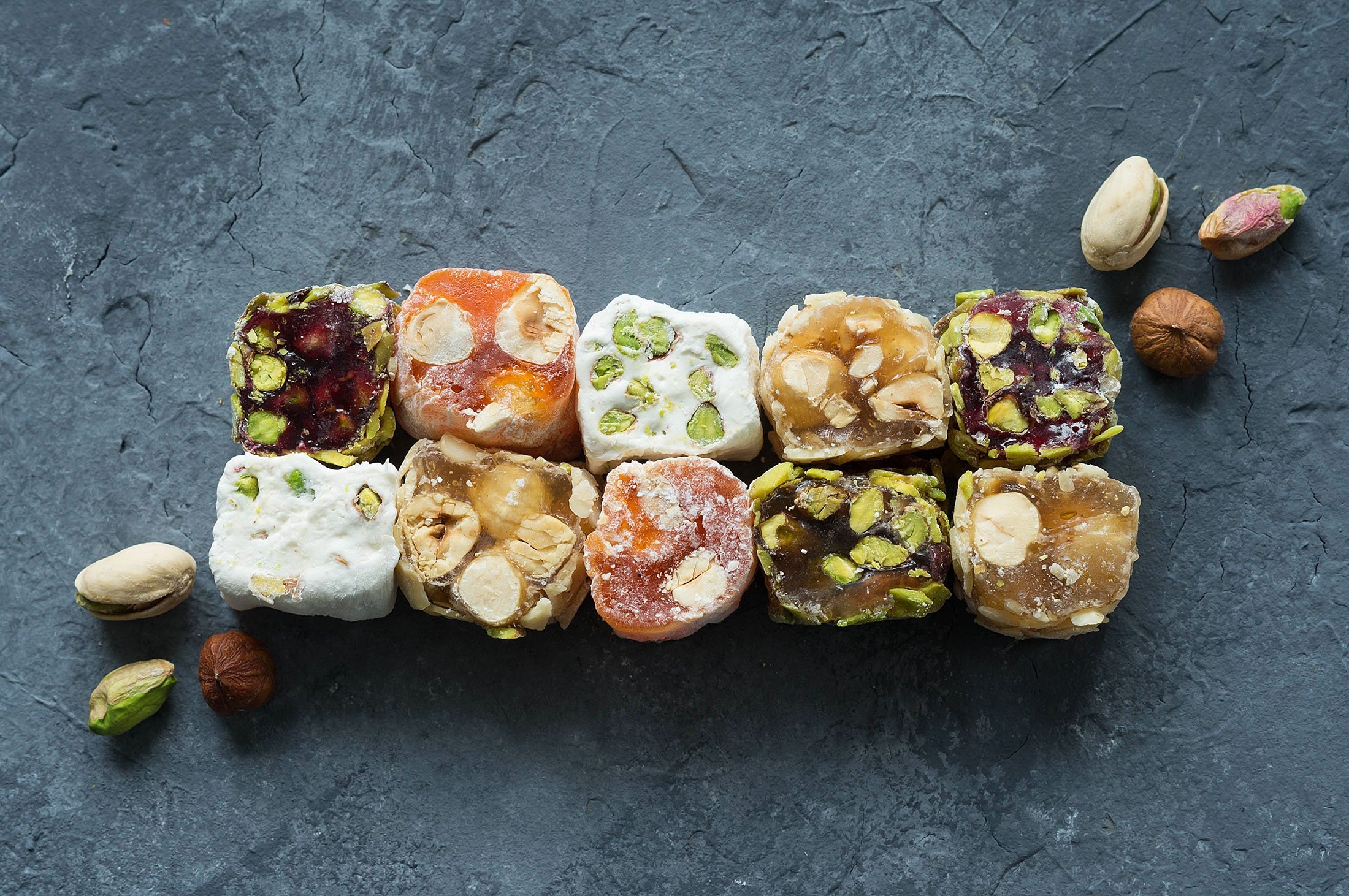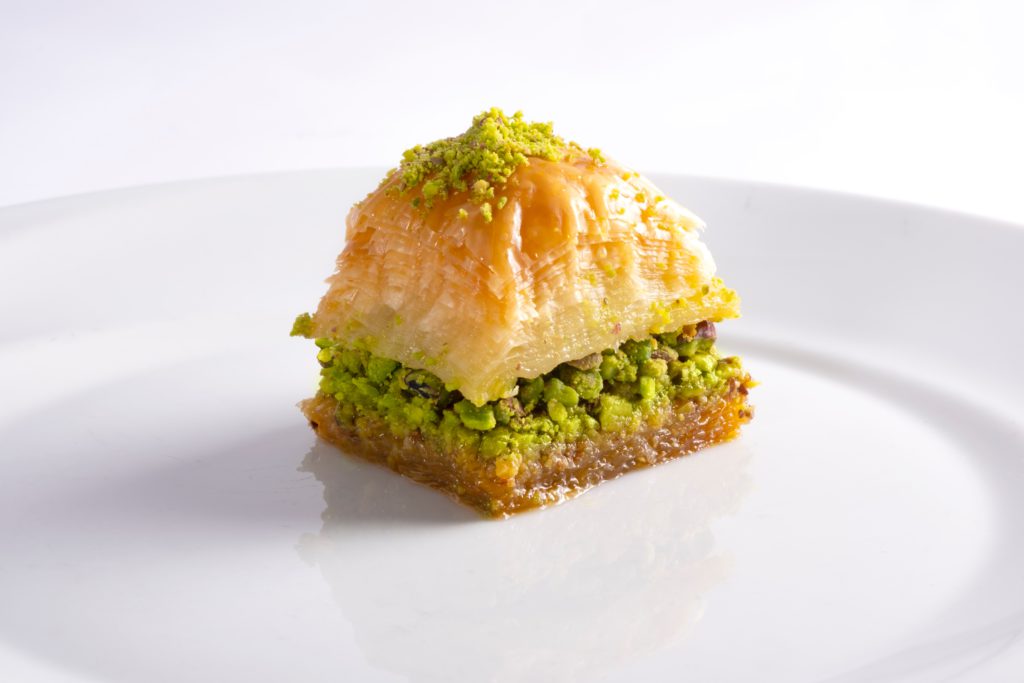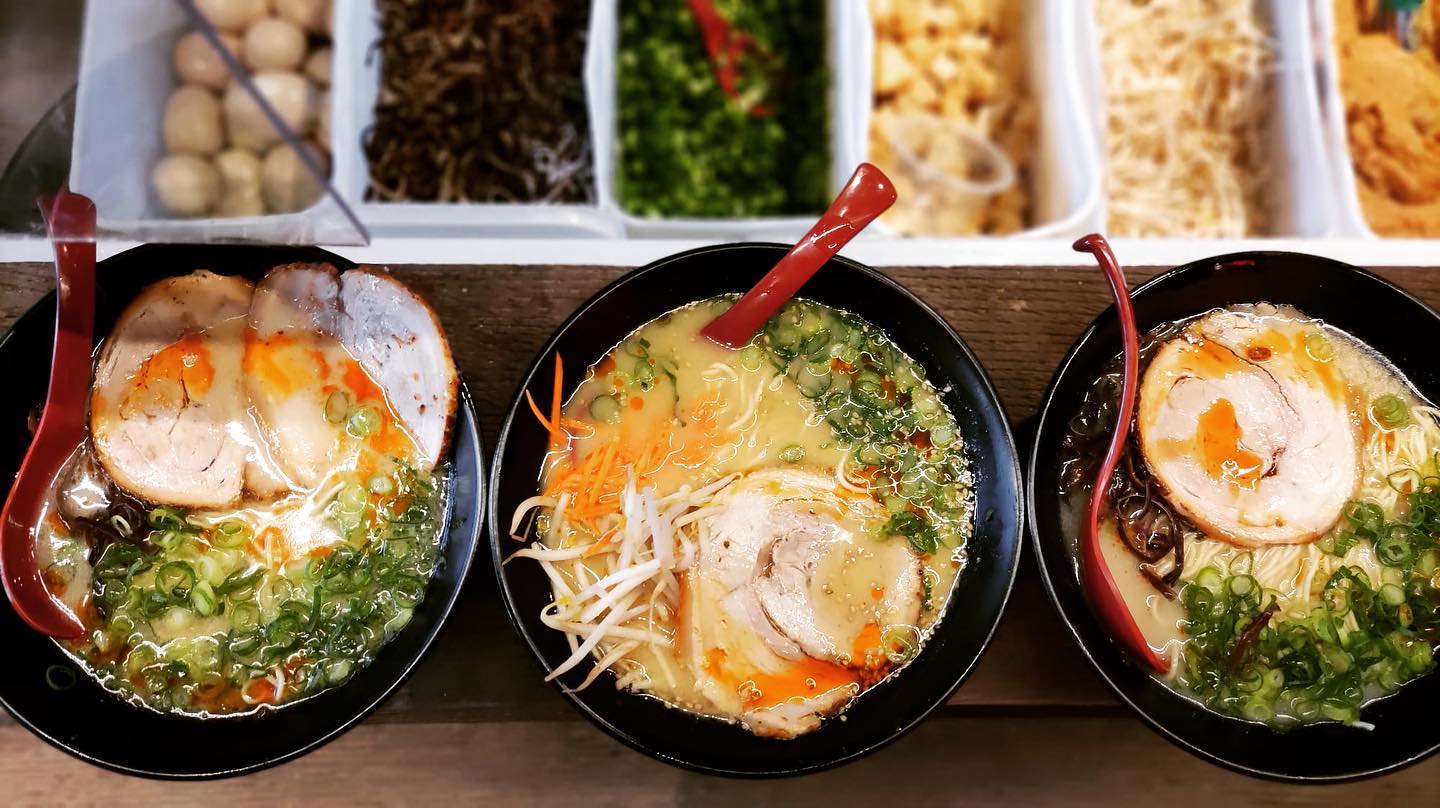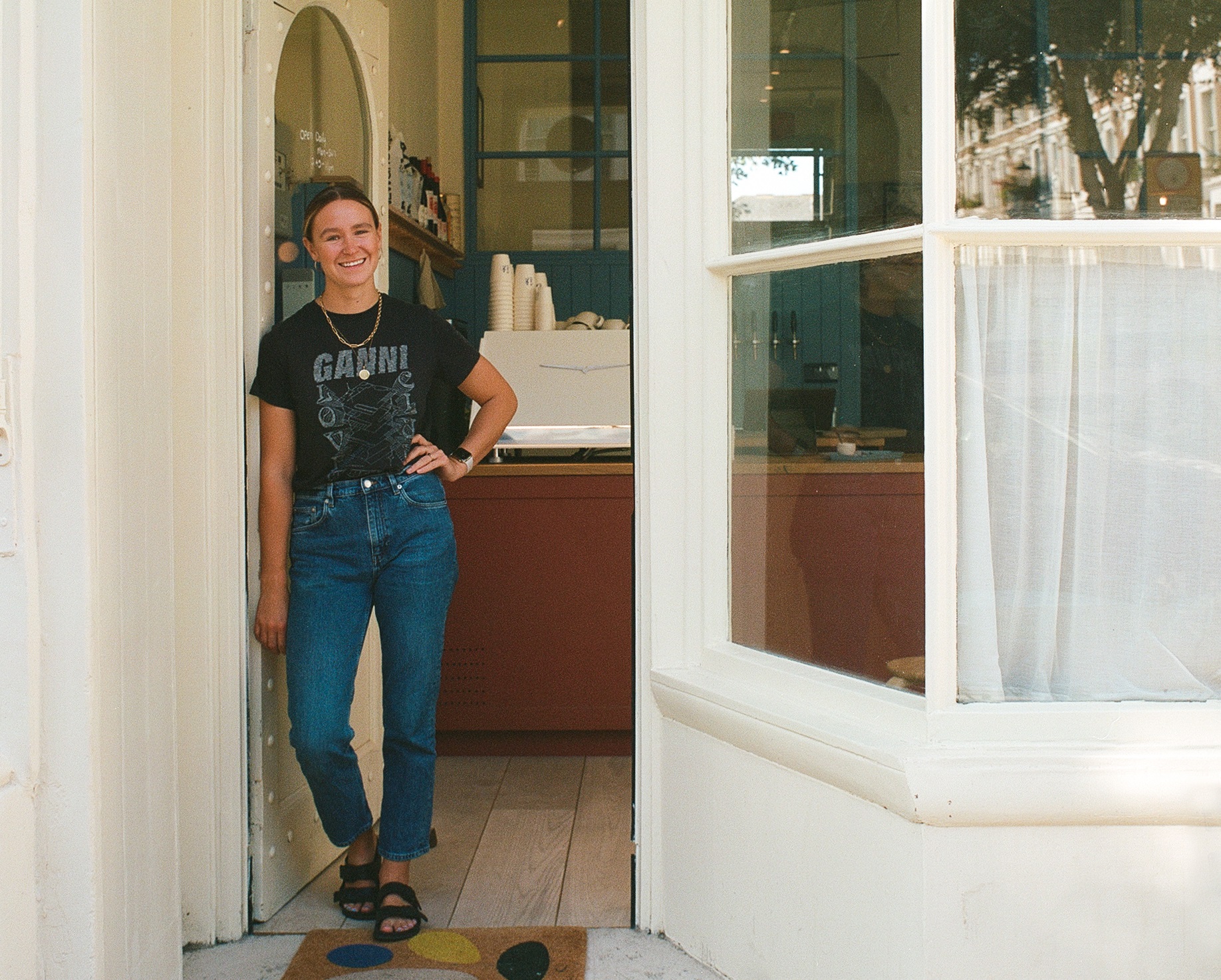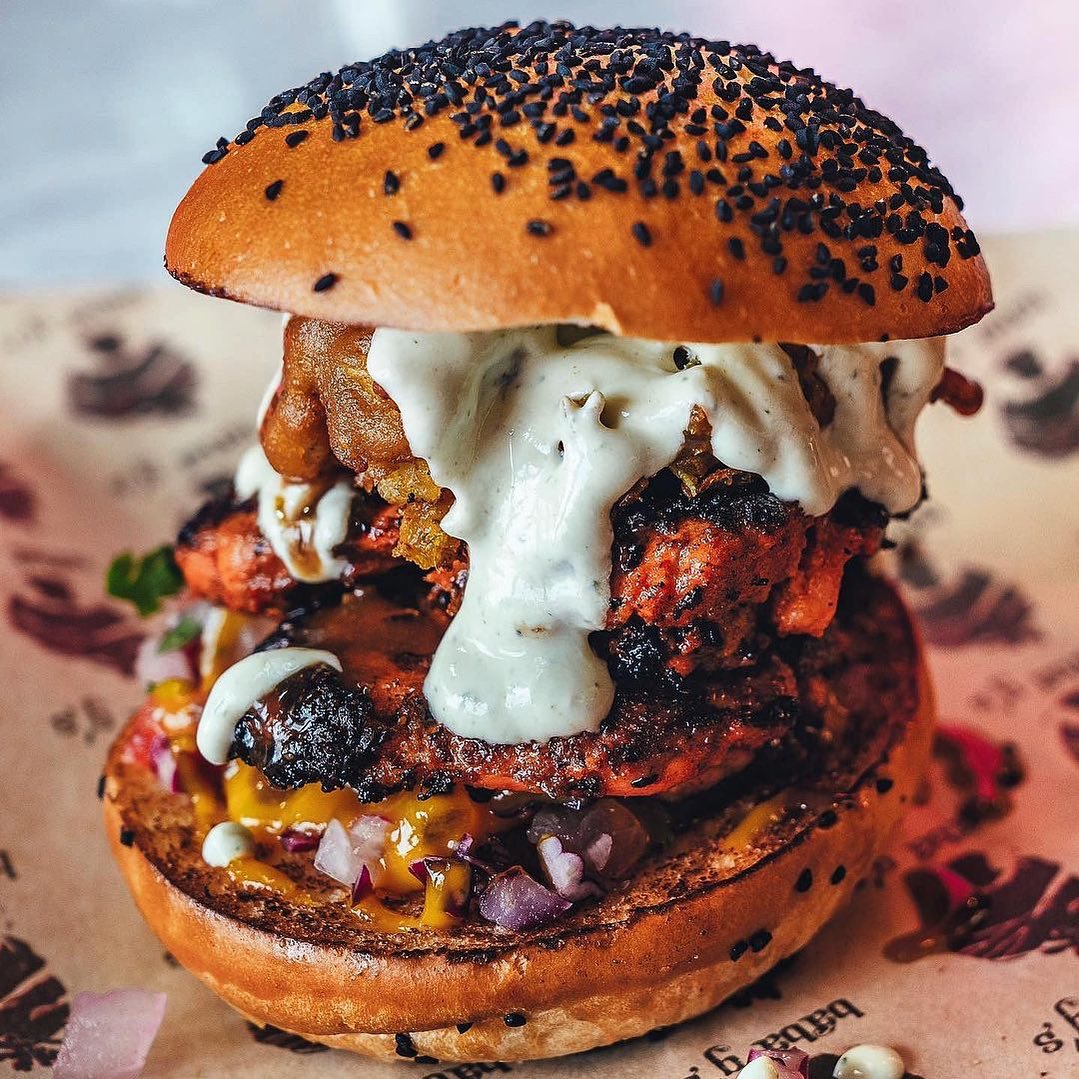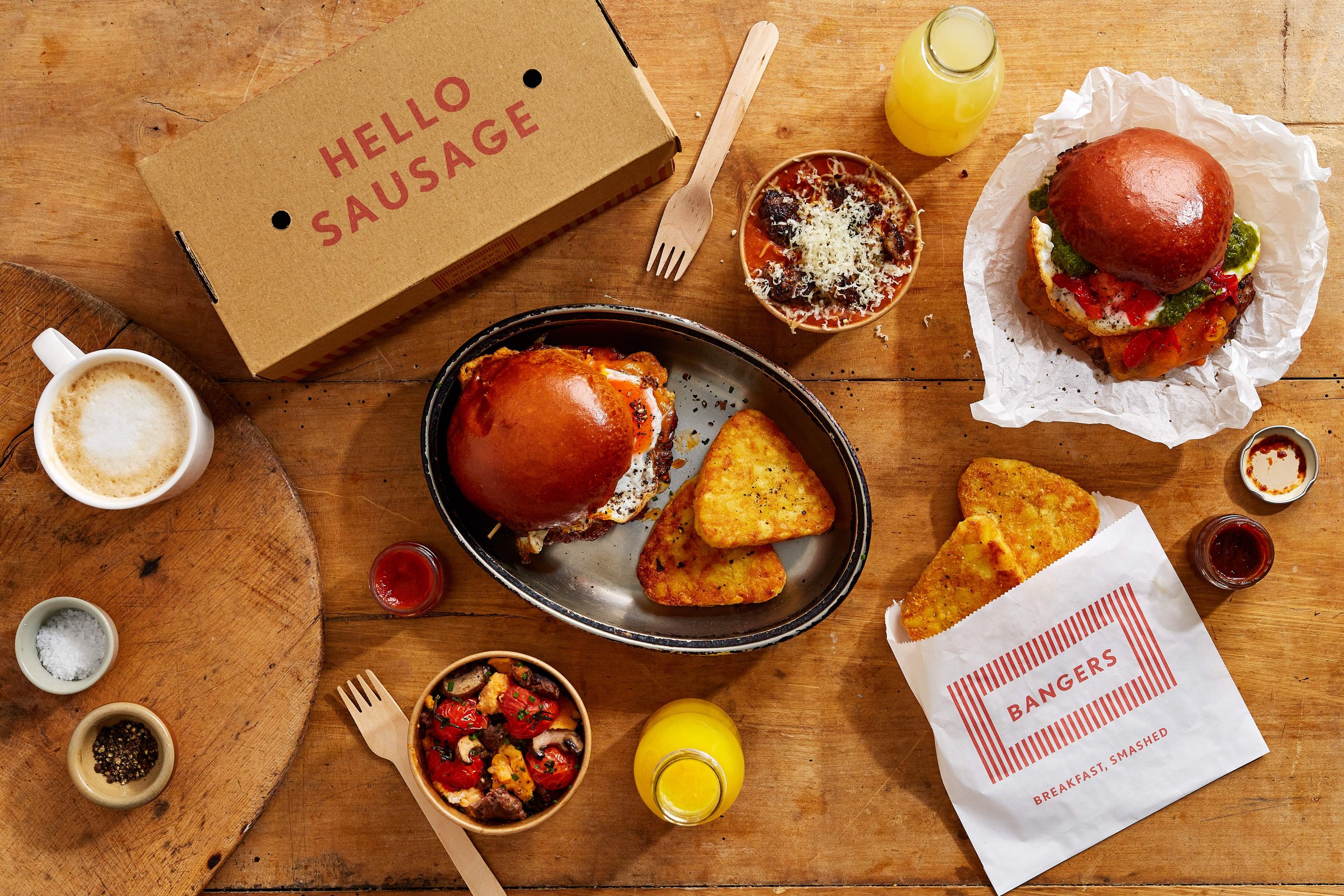Today, Muslims around the world celebrate Eid al-Fitr, also known as the festival of breaking fast. Celebrated at the end of the Muslim month of fasting, Ramadan, Eid al-Fitr is a time for seeing friends, exchanging gifts, prayer, wearing new clothes, and enjoying great food.
Eid al-Fitr is also sometimes referred to as the Sugar Feast, a nod to the abundance of sweets and desserts one will likely consume on the day as a way of recognising the charitable sacrifices many Muslims will have made over Ramadan.
Below, we explore some sweet treats you may wish to indulge in for Eid or try out for the first time!
Baklava
In Turkey, baklava are commonly gifted to friends, family and neighbours during Eid. Though they come in different shapes and sizes, they are most commonly made with filo pastry, chopped nuts, and drenched in sugar syrup or honey. Baklava remains one of the most popular sweet pastries of Ottoman cuisine, and it’s very easy to see why.
Lokum
Also originating from the Ottoman Empire, lokum, also known as Turkish delights, are gummy confections most commonly flavoured with rosewater, mastic, bergamot orange, or lemon, while premium varieties will include chopped nuts within. You may best recognise these sweet treats from C.S. Lewis’ The Lion, the Witch, and the Wardrobe, where the White Queen uses them to tempt Edmund.
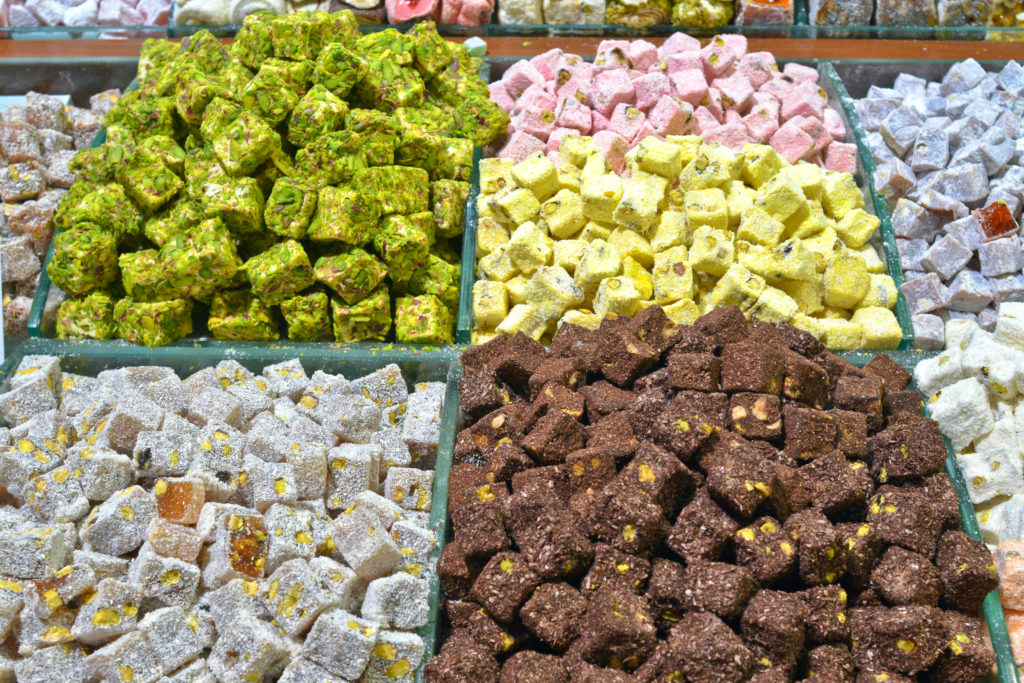
Dates
The eating of dates is significant during both Ramadan and Eid. Traditionally, Muslims will often break their fast with dates, a tradition rooted in the religious teachings of the Prophet Muhammad, who is said to have instructed that: “When one of you breaks his fast, he should break his fast with dates”.
In Iraq and Saudi Arabia, dates are used in Kleicha. Sometimes considered the national cookie of Iraq, kleicha come in a range of traditional shapes and fillings, though the most popular ones are either cardamom- or rose-flavoured, and filled with nuts and dates.

Bint al-Sahn
A favourite Yemeni sweet dish, often translated as honey cake in English, Bint al-Sahn is a flaky cake with many, very fine layers. Served with plenty of honey and melted ghee or butter, the top is traditionally garnished with nigella seeds, though these are sometimes substituted with black sesame seeds.
In Yemen, social status was also signalled by the quality of honey used, so its generous pouring atop the dish also serves as a way to honour one’s guests. The decadent pastry also takes a very long time to make and as such, is reserved primarily for days of celebration.
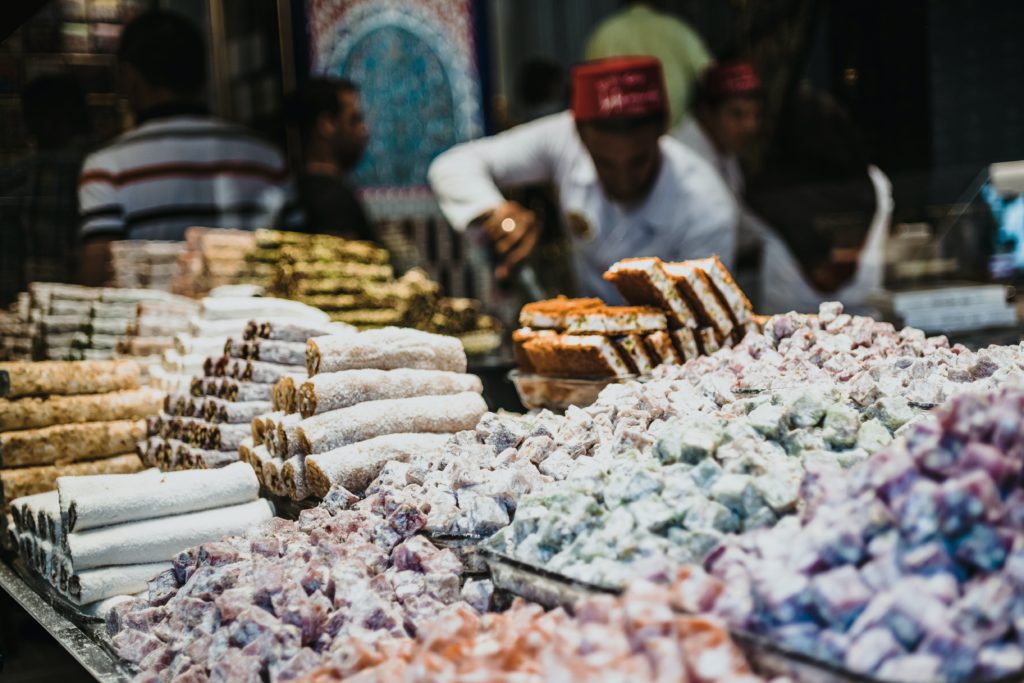
What other sweet treats do you typically associate with Eid al-Fitr? Let us know on our socials!
And if home baking isn’t on the cards for you, try searching Hawkker for halal and sweet treats near you to celebrate the day in style. Eid Mubarak!
Header image by Shustikova Inessa.
